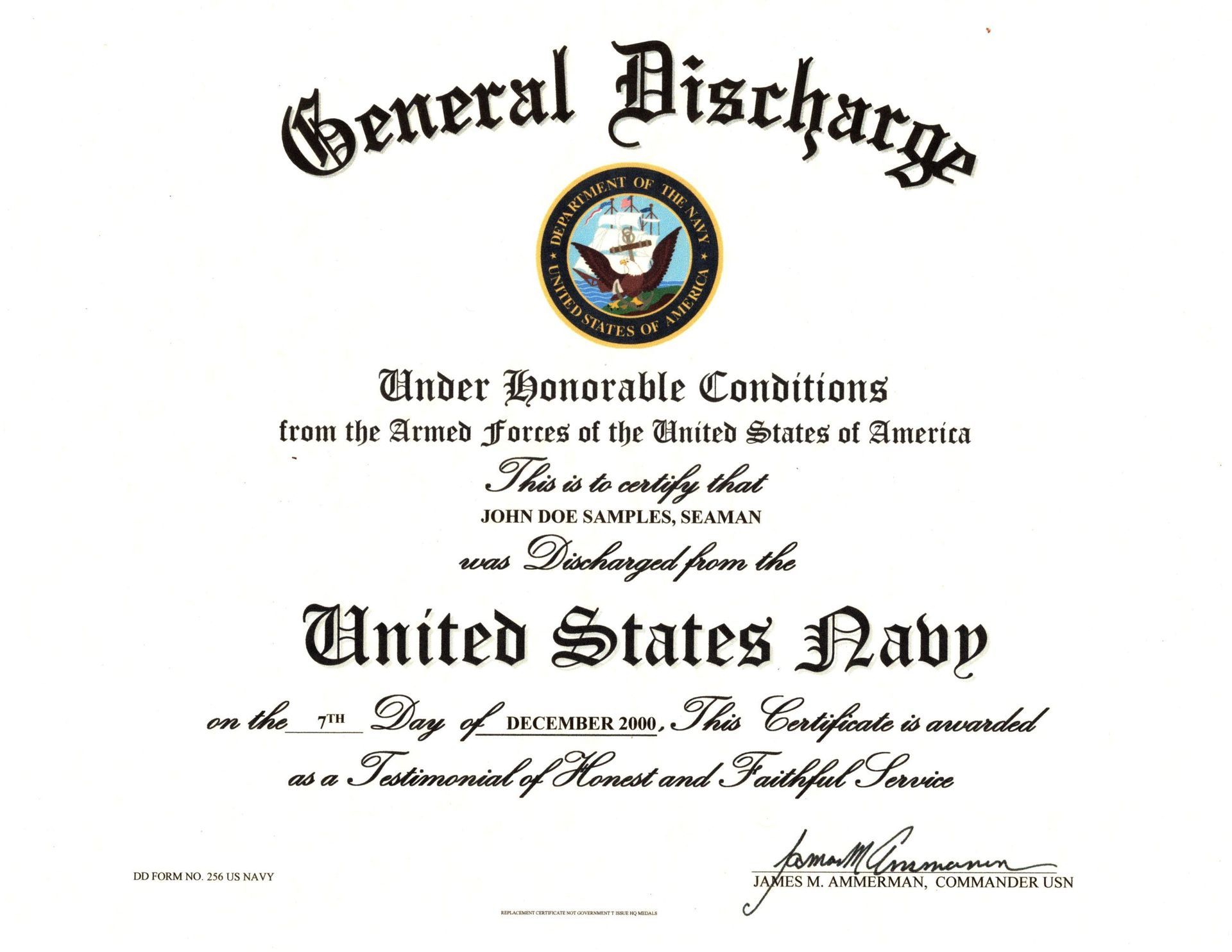How to write a Personal Statement
Writing a VA Personal Statement That Actually Works

If you’ve been around the VA claims system long enough, you already know they don’t make anything easy. One of the most overlooked parts of a claim is the personal statement, officially the VA Form 21-4138, “Statement in Support of Claim.” Sounds simple enough, right? Write down your story, send it in, and get justice. But here’s the truth: most vets screw this up because they treat it like a rant instead of evidence. The VA loves it when you make their job easier by being vague.
Let’s break down what the VA is actually looking for, how to structure it, and then I’ll give you a sample statement so you can see what works in real life.
What the VA Requires
First things first, you have to use VA Form 21-4138. That’s the official form for a personal statement. You can find it on VA’s website, print it out, or fill it in online. Don’t bother with fancy legal jargon or trying to play doctor. What they want to see is:
- A timeline. Show when your condition started and how it has gotten worse.
- The impact on your daily life. Don’t just say “my back hurts.” Say “I can’t sit more than 20 minutes without shooting pain down my legs.”
- Connections to evidence. Point the VA to where in your medical file or service record they can find proof. Example: “See Tripler Army Medical Center, December 2005 neurology note.”
- Clarity. Keep it short and keep it clean. The people reading your file are drowning in paperwork. Don’t give them a reason to skim over yours.
What Not to Do
This is where a lot of vets get tripped up. Here’s what you should avoid:
- Don’t self-diagnose. You’re not a doctor, so don’t play one in your claim.
- Don’t ramble. The VA doesn’t need your life story going back to grade school unless it ties directly to your service.
- Don’t rant about the VA. Trust me, I get it. They’re slow, they’re dismissive, and they lose paperwork like it’s a hobby. But your statement isn’t the place for a gripe session. Keep your frustration out of the record.
- Don’t be vague. “I have anxiety” is useless. “I can’t go to the grocery store without panic attacks” paints a picture.
A Sample Statement
Here’s a sample to show you how it can look when done right. Don’t copy it word for word, your story needs to be yours, but use it as a guide.
--------------
Sample Statement in Support of Claim (VA Form 21-4138)
I’m submitting this statement in support of my claim for service-connected chronic migraines.
My headaches began while I was on active duty in 2002. At first, they came once a week and I could push through with ibuprofen. Over the years, they got worse. By 2010 I was missing work two or three times a month because the pain was so intense I had to lie in a dark room for hours.
Now I have at least two severe migraines every week. When they hit, I can’t drive, I can’t work, and I can’t even play with my kids. My wife has to step in and cover everything at home because I’m down for the count.
My service medical records back this up. On June 15, 2002, I reported migraines at the Barstow Clinic. On December 3, 2005, I was officially diagnosed at Tripler Army Medical Center and referred to a neurologist.
This condition has only gotten worse since I left service, and it continues to severely impact both my ability to hold a job and my personal life.
I certify that this statement is true to the best of my knowledge and belief.
[Signature]
[Date]
--------------
Final Thoughts
A personal statement isn’t just filler. It is lay evidence, and the VA is legally required to consider it. Done right, it ties your story together, connects the dots for the rater, and makes sure your file doesn’t get lost in the shuffle. Done wrong, it’s just more paper tossed on the pile. If you’re drafting yours, take the time to be specific, keep it clean, and think like the overworked VA employee who has to read it. Make their job easy, and you just made your path to benefits a little smoother.




